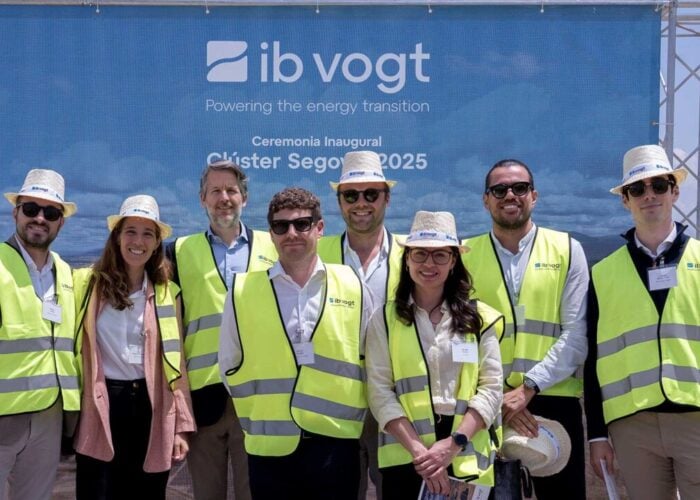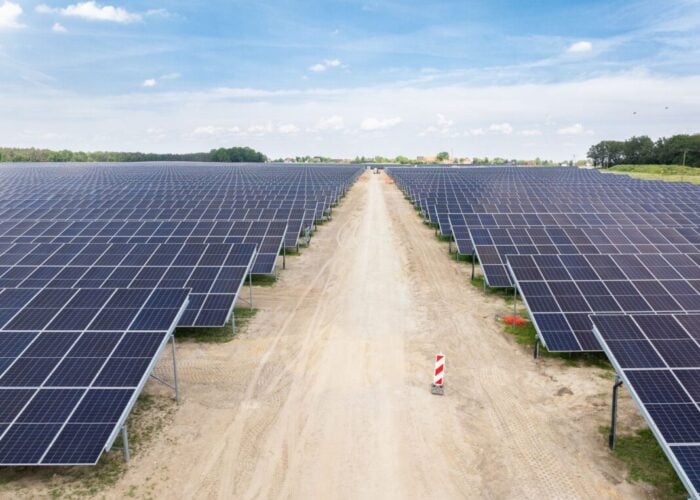Product Briefing Outline: Honeywell has developed a new material called ‘PowerShield’ PV325, which is designed to provide greater levels of protection to photovoltaic solar cells and modules that are located in more hostile environments. The material is UV-, moisture- and weather-resistant, and designed to also withstand the electrical load produced by the modules, which can operate at up to 1,000 volts of electricity. The material was developed primarily for rigid PV modules, which are specifically designed to feed power into a utility or local power grid.
Problem: Backsheet material performance is impacted by a variety of factors. The true validation of overall backsheet performance and value can only be confirmed via testing within specific modules themselves. Honeywell believes that by providing the backing system as well as the critical barrier component, photovoltaic module producers have one source to address their needs relative to the backing material, optimizing performance and value while providing a more integrated backing solution.
Unlock unlimited access for 12 whole months of distinctive global analysis
Photovoltaics International is now included.
- Regular insight and analysis of the industry’s biggest developments
- In-depth interviews with the industry’s leading figures
- Unlimited digital access to the PV Tech Power journal catalogue
- Unlimited digital access to the Photovoltaics International journal catalogue
- Access to more than 1,000 technical papers
- Discounts on Solar Media’s portfolio of events, in-person and virtual
Solution: The reflective white material is based on Honeywell’s high-performance barrier film technology. The dielectric, or insulator material, has a traditional five-layer design that includes two outer protective layers based on ethylene-chlorotrifluoroethylene (ECTFE) fluoropolymer film and a core polyethylene terephthalate (PET) layer, as well as two inner bonding layers of proprietary adhesive material. The design is an alternative to traditional backing systems based on poly-vinyl fluoride (PVF).
Applications: Rigid PV modules used for utility or local power grids that experience harsher or humid conditions.
Platform: Nominal 325μm (13.0 mil) semi-gloss white opaque composite specifically designed as a durable dielectric backsheet for crystalline Si photovoltaic modules rated for 1000 VDC. PV325 includes two outer protective layers based on ethylene-chlorotrifluoroethylene (ECTFE) fluoropolymer film and a core polyethylene terephthalate (PET) layer. Two inner bonding layers of proprietary adhesive material are also used.
Availability: May 2008 onwards.







